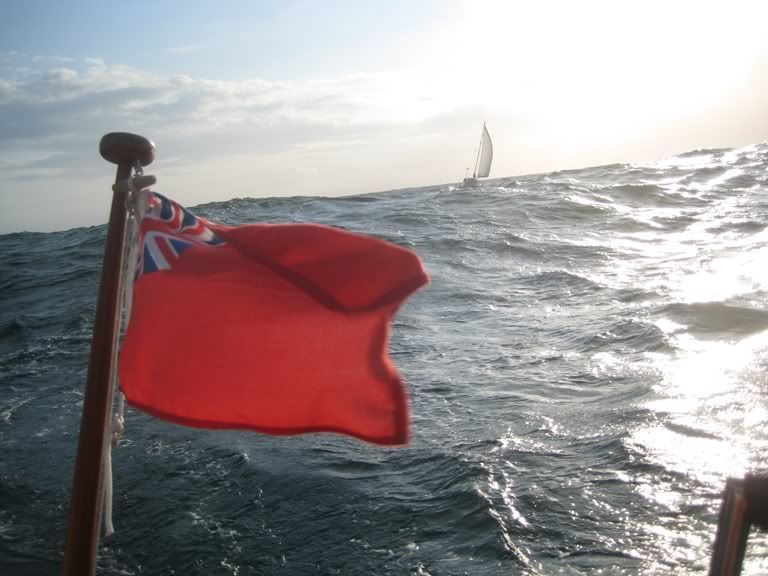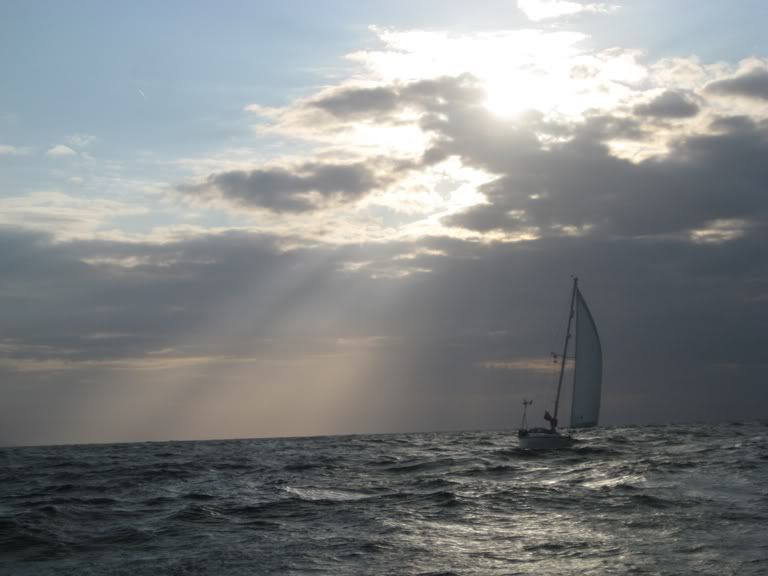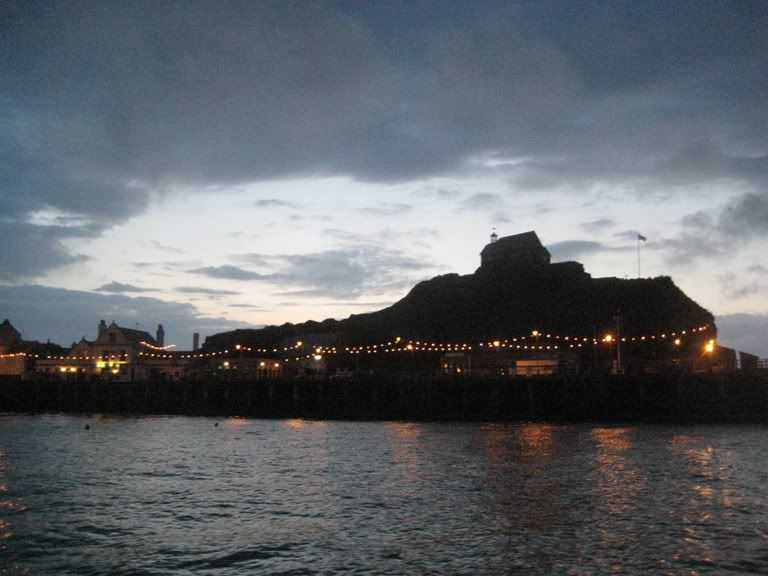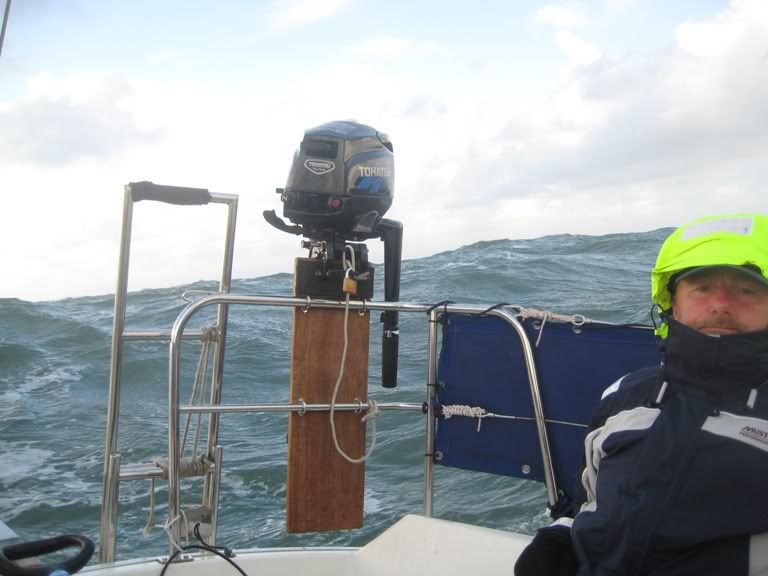The John L would then putt putt down the Flow to the dive sites. The skipper would give us 20 minutes notice. We'd suit up, kit up, dive, dekit and the put on dry clothes. We'd often be watched by the skipper's dog, Hector:
We'd the have tea, coffee and snacks in a warm saloon, whilst bottles were filled before we started over again. At around 16:00 we'd arrive back at Stromness. A beer in 'The Flattie bar' and then we'd walk back to the house around 17:00. Fun, and easy.
Between dives on Tuesday, we visited the war musuem at Lyness, on the Isle of Hoy.
Seeing the dull, muddy steel wrecks, rusting hulks in the deep, cold and dark was one thing. The museum brought everything to life.
Portholes, bells, photos, clothing, logbooks, audio clips, the whole place was alive with arifacts dating back 100 years.
There were also some truly amazing multiscan sonar images of the wrecks. The best of which were of the HMS Royal Oak, a British vessel sunk by a U-Boat attack:
We only had an hour at Lyness, and I'd hoped to go back there later in the week, but we didn't manage that. We did visit another maritime museum, though, this time at Stromness:
The smaller of the two bells in the above photo was from the Dresden - the first wreck we dived. As well as a large number of finds from the German wrecks, there was information and artifacts dating back to the age of sail, items from men who sailed with Captain Bligh, of the Bounty, as well as from Captain Cook's expedition. The Orkney people were some of the first to hear of Cook's death in Hawaii, when the resolution visited in 1780.
When diving a couple of the wrecks, particularly the Brummer, we noticed loose plating, and, even, movement in some of the structural ribs. It's clear that the Scapa wrecks will not always be there, and the items in the museums may be all that is left to mark these historic wrecks.
Following the loss of the Royal oak in 1939, Winston Churchill initiated the building of the 'Churchill Barriers', which effectively blocked off some of the entrances to Scapa flow to enemy submarines, and now serve as links between the islands. On the way to see these barriers, we called in at 'The Italian Chapel', built by the Italian prisoners of war who worked on the barriers.
With a strong Easterly wind picking up towards the end of the week, the sea was breaking across one of the barriers,
making the crossing quite 'hairy'.......
Going back a bit further in history, about 4000+ years, we went to see the Ring of Brodgar
and the fantastic, 5000 year old village at Skara Brae
It was the diving we came for, though, and it just kept getting better. A water pump failure on Wednesday saw us joining another group of divers aboard the 'Jean Elaine', diving on the Kronprinz Willhelm. Almost upside down in 36m or so, we did manage to find a couple of the huge 12" guns, on a day that belied the North of Scotland in October feel
Best of all though, was the James Barrie. In deteriorating conditions on Thursday, with Gales forecast for Friday and Saturday, we chugged into the waves for two hours to the South entrance to the flow. It was not nice now, and a couple of people thought about not diving. We all piled in. At 20m I could see people letting go of the shot line. The wreck was in 41m, so why were they doing that? Then I saw the wreck. Almost all of it. In clear blue water, with visibility in excess of 20m. At 120ft long and 666 tonnes, it was much smaller than the battleships we'd come to see, but the visibility was so good, it really does rank amongst my best ever dives. Sadly, our dive computers were well loaded up, and the swelly conditions meant that long decompression stops were a poor option, but we all, nevertheless, surfaced buzzing with excitement.
A brilliant week's diving. We emptied the boat on arrival back at Stromness.
A few beers were imbibed that evening. With winds gusting towards 50mph the following morning, we worried about crossing the Churchill barriers at 06:30, and whether our catamaran ferry at 07:45 would run. In the event, although the weather was rough, neither gave us any problems.
We left the ferry after a one hour crossing around 09:00, and, after a long drive, arrived back at Mike's place in Gloucester at 20:00. A quick change of cars and we were off again, dropping Jason off in Port Talbot just in time to pick up a takeaway at 22:00.
So, what had started off as a quck detour to get in a couple of dives before we set off on our main trip, turned into something we will always remember in its own right. We made new friends in Andy, Dickie and Anne, and are looking forward to getting back up to Scapa Flow for some more diving whenever we are able to. Plus, of course, we all feel that sense of loss you feel when coming away from Scotland. I'm sure we'll be back up there soon.
In the meantime, we have a sailing trip across the Atlantic to keep us occupied......



























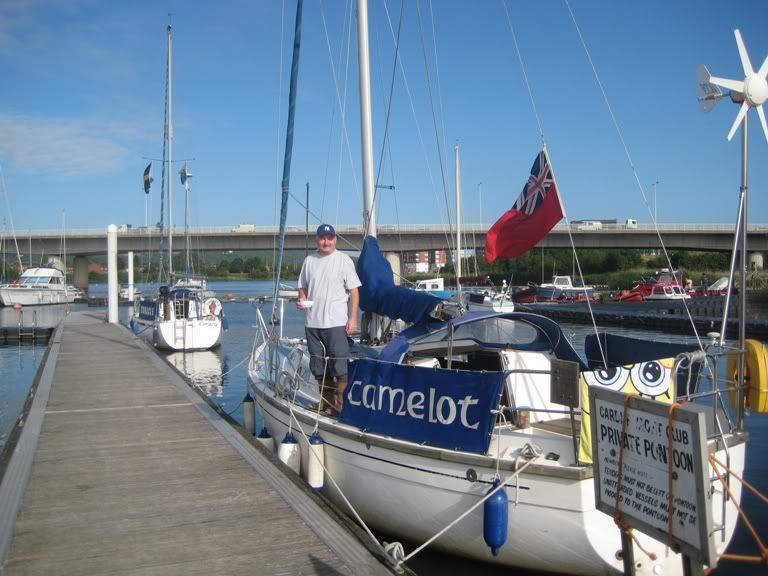
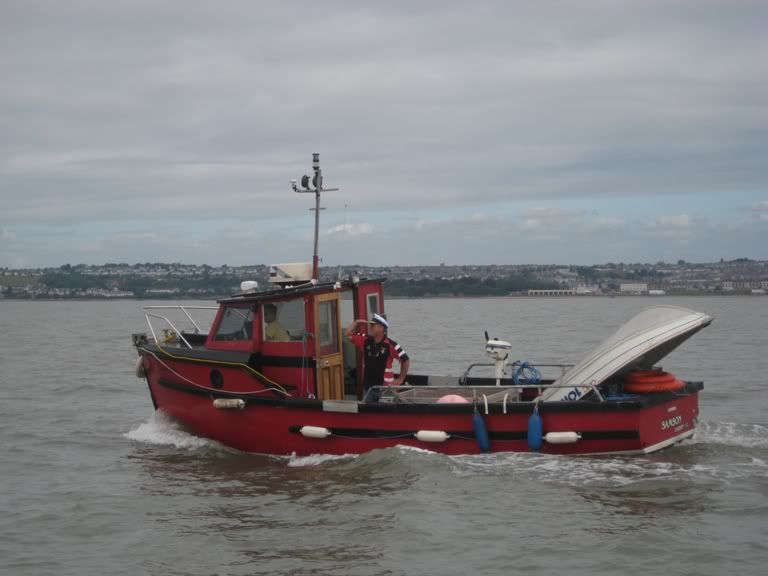
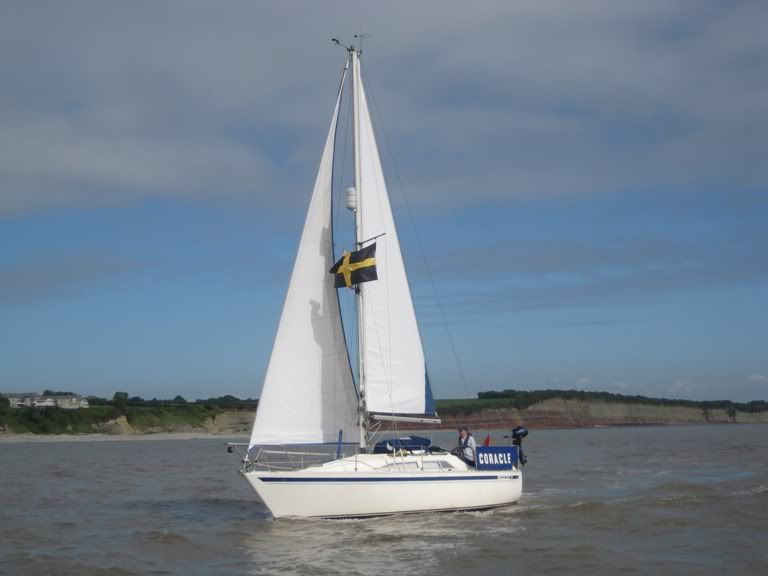

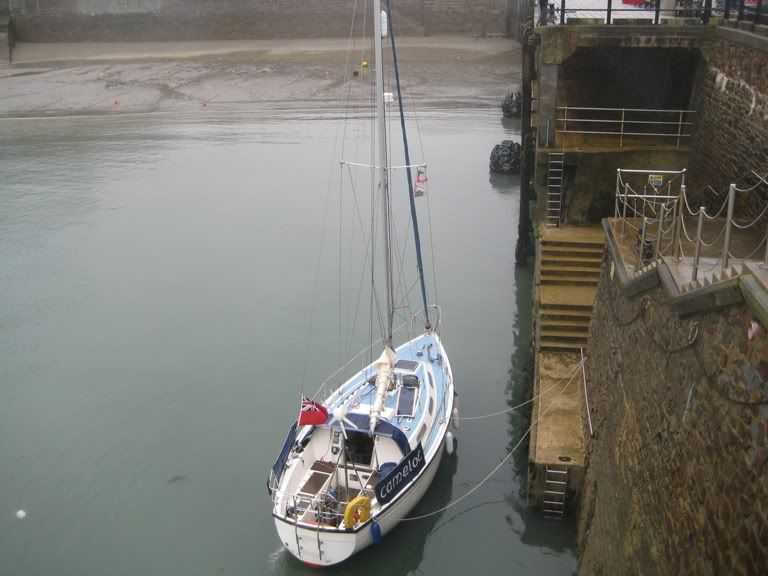
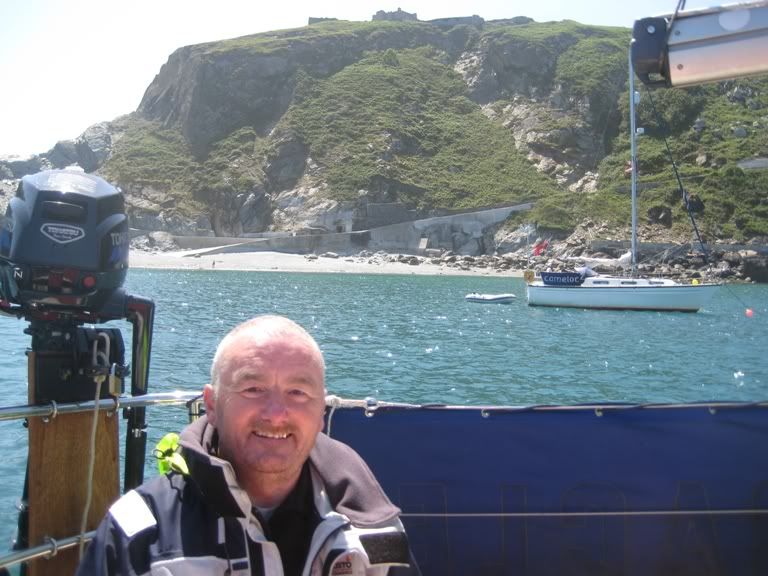
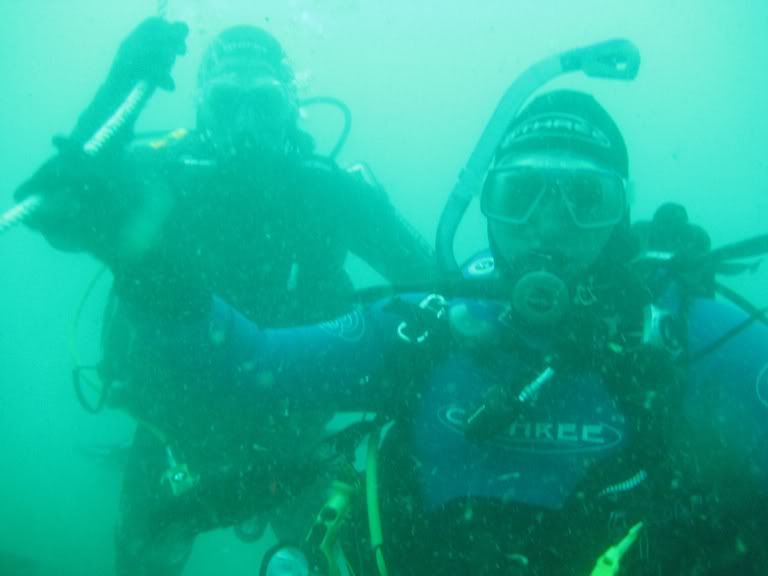
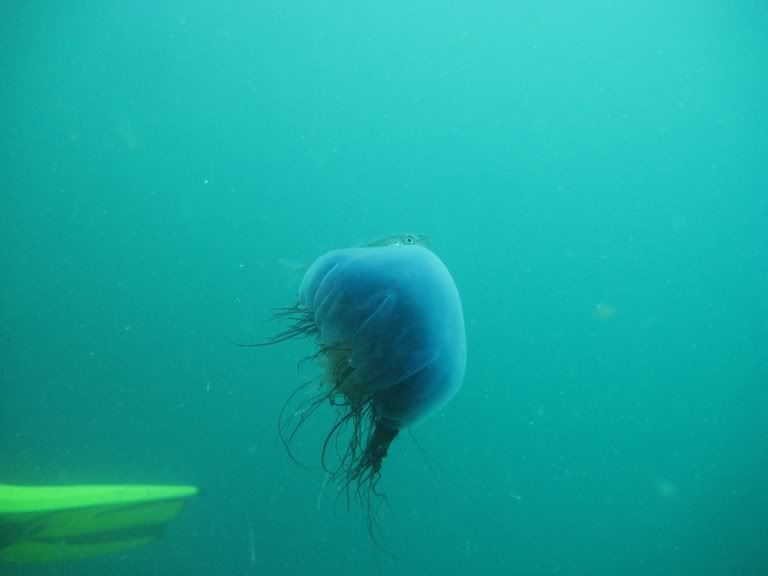
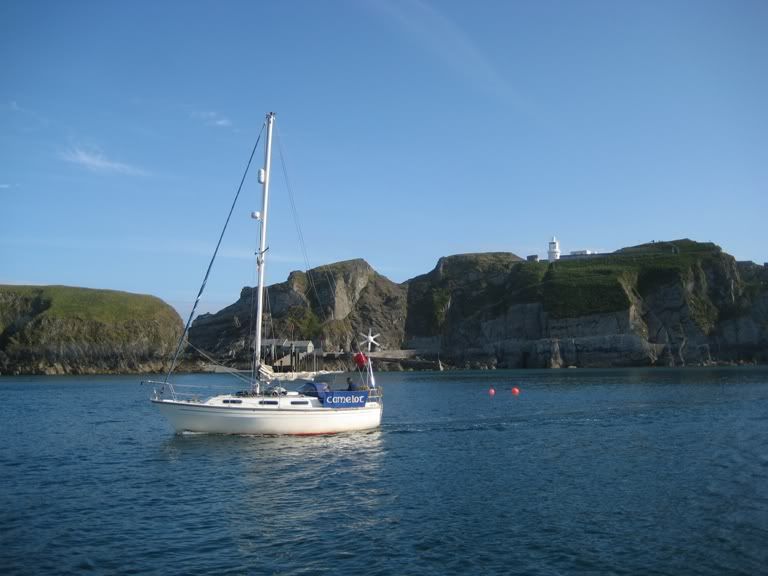

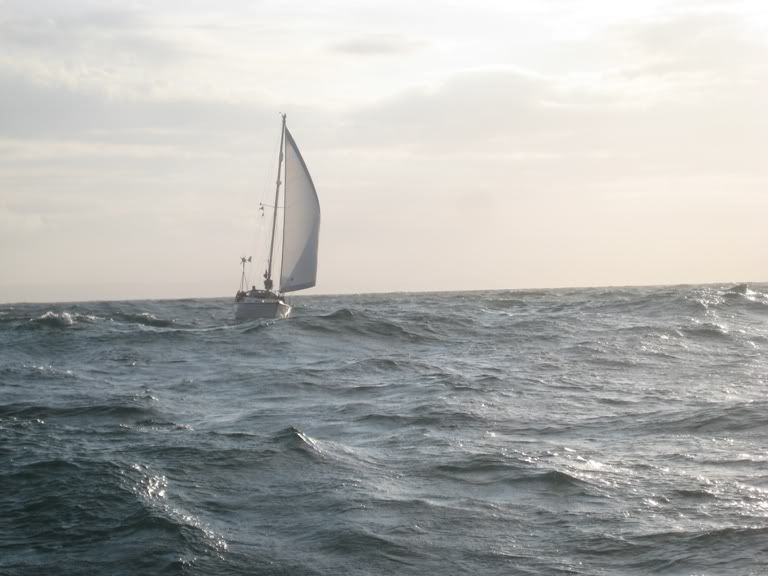 [/caption]
[/caption]